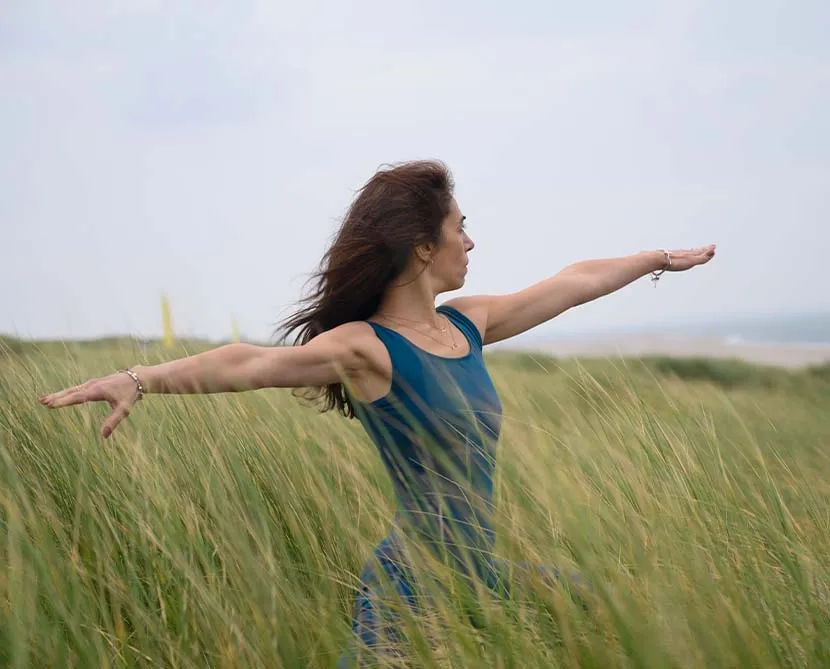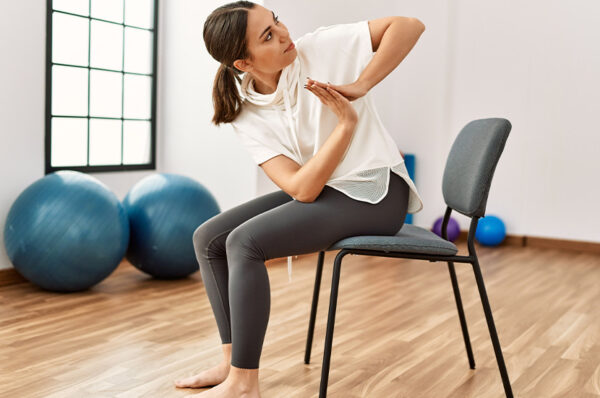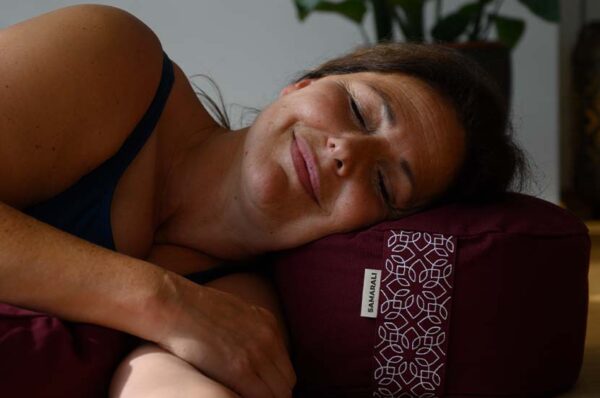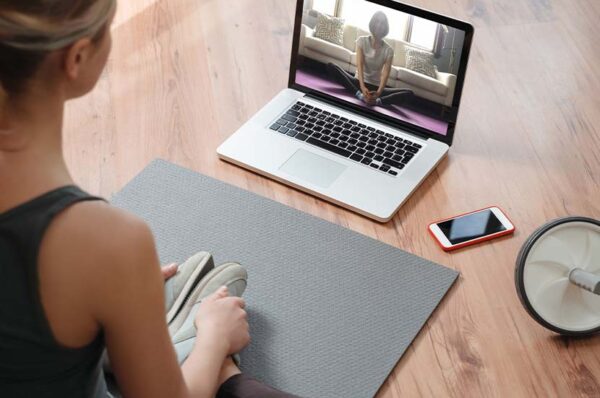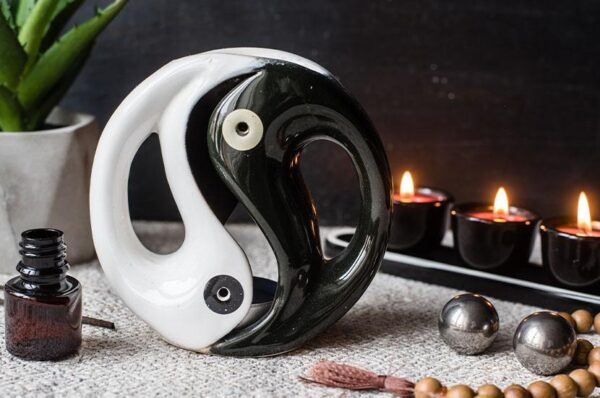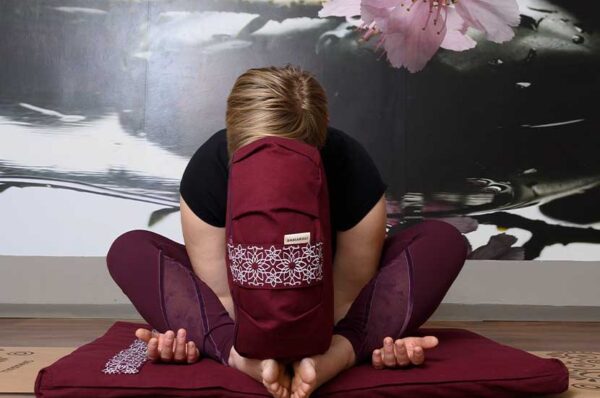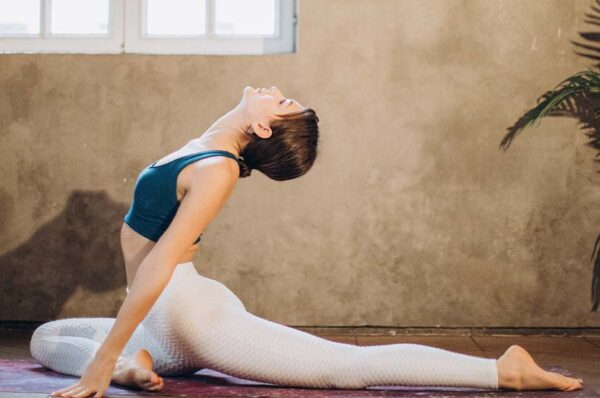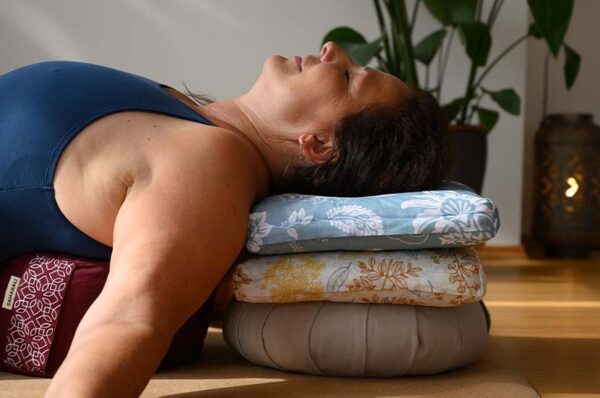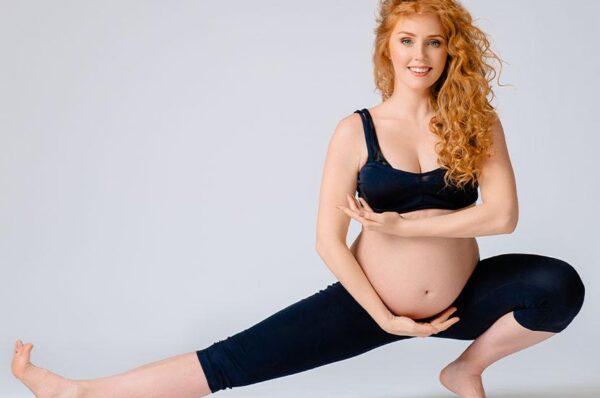Surya Namaskar: bowing to the inner sun
“One of the most universal and distinctive features of optimal flow experience is that people become so involved in what they are doing that the activity becomes spontaneous, almost automatic: they stop being aware of themselves as separate from the actions they are performing.” Mihaly Csikszentmihalyi.
Being present while breathing consciously is how we truly perform asana practice.
Connecting the rhythmic flow of the breath with the rhythmic expansion and contraction of the body within and between asanas allows us to experience our practice as a moving meditation.
Beginning with simple, slow, rhythmic movements helps us to feel and stay with the connection of our body-breath-mind.
Starting with Surya Namaskara, a flowing sequence known as Sun Salutation is an excellent way to experience breath and energy flow.
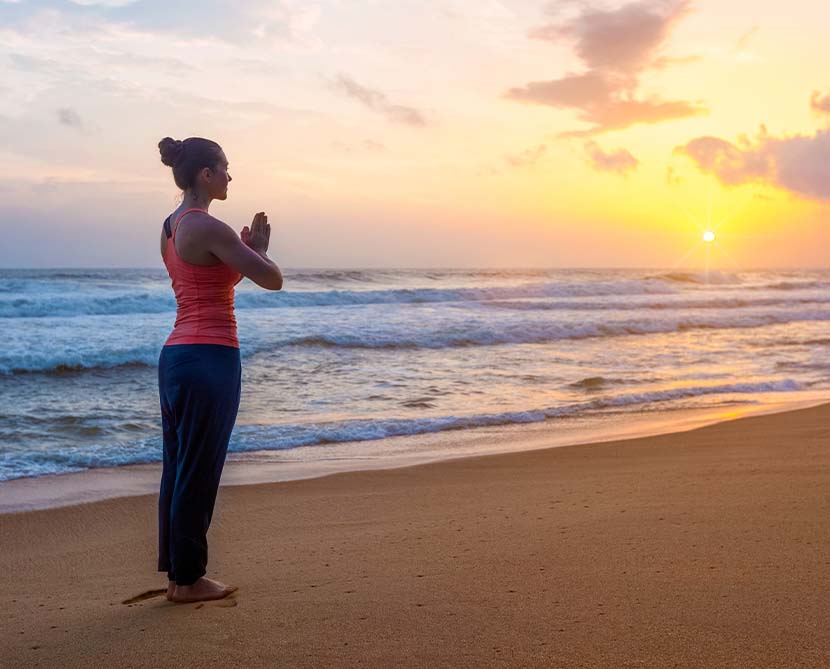
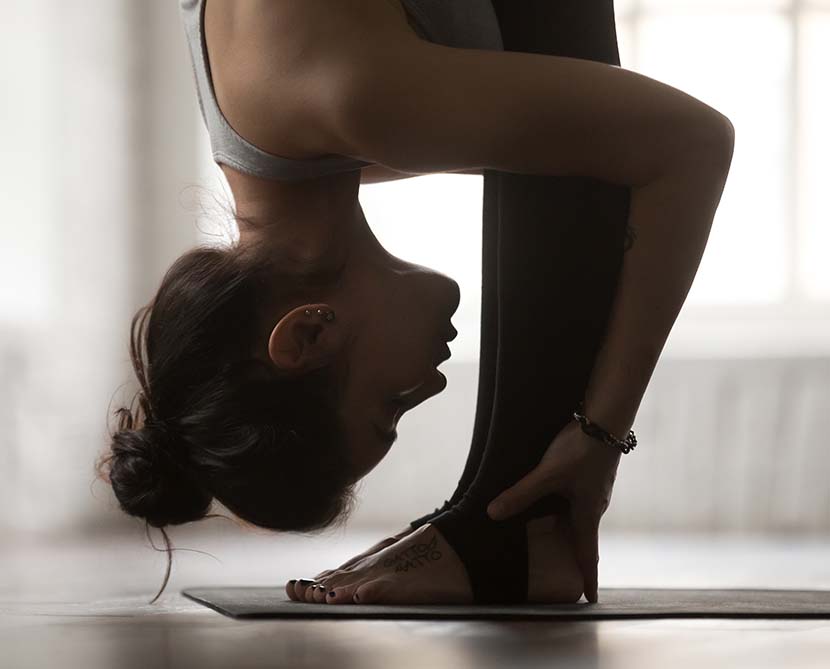
The meaning of Surya Namaskar
Like many asanas, also the Sanskrit name of one of the most famous sequences in Yoga is rich in symbolism.
‘Surya’ is the solar deity who drives his chariot across the sky daily. Namaskara comes from the root “namas”, to bow (as in namaste).
In the myths of the Vedas, the gods use the sun’s heat for many purposes, especially for creation. Our “inner sun” is seen as the source of light and truth.
In Surya Namaskara, we bow to the truth of who we are in our essence, releasing the head lower than the heart and connecting with our inner wisdom.
Are Sun Salutations only for advanced yogis?
Sun Salutations sequences are an excellent way to begin a practice, especially if you want to establish a daily routine on your own.
With adjustments, nearly anyone can do them. They warm and awaken the body, soften the muscles, open the joints, initiate conscious awareness, and synchronize the breath, body, and mind movements.
Be mindful that you and/or your teacher can always adopt variations and modifications according to your specific needs.
Suppose you have lower back pain, wrist issues, high blood pressure, or heart problems.
In that case, you should consult your physician before engaging in any exercise regimen, especially if you’re planning to practice without the guidance of a professional teacher.
It’s a good habit to start warming up your wrists and joints and prepare your spine for expanding and contracting.
Remember to honor, listen and love your body that allows you to move, breathe and live.
Healthy pregnant yogis shouldn’t refrain from Sun Salutations. In fact, it is an excellent routine to build strength and get some peace of mind.
However, depending on how far along you’re in the pregnancy, you might want to modify some poses. As your belly grows, avoid belly-down postures and be careful with deep backbends and forward folds.
How many variations of Sun Salutations exist?
There are numerous variations of Surya Namaskar, but the most known and practiced sequences are Classical Surya Namaskara, Surya Namaskara A, and Surya Namaskara B.
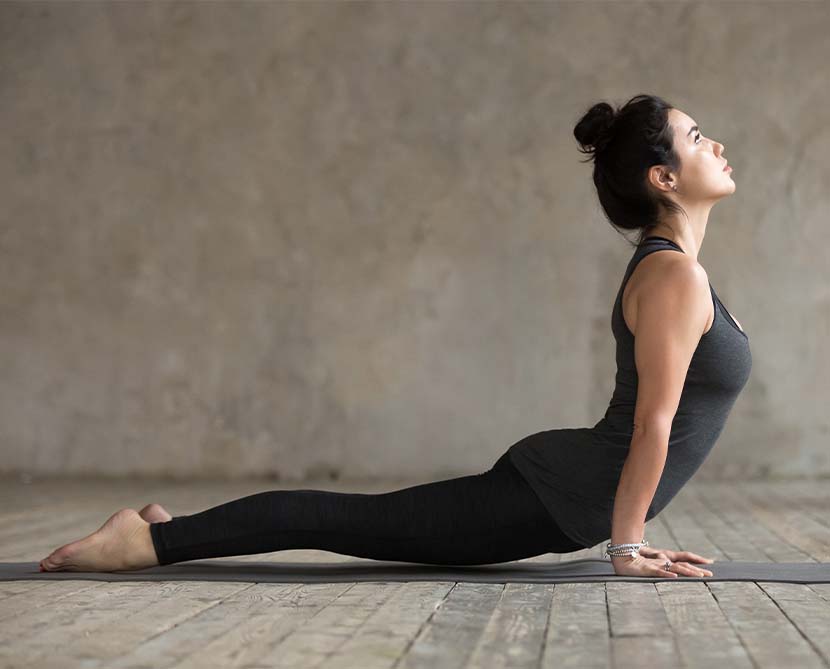
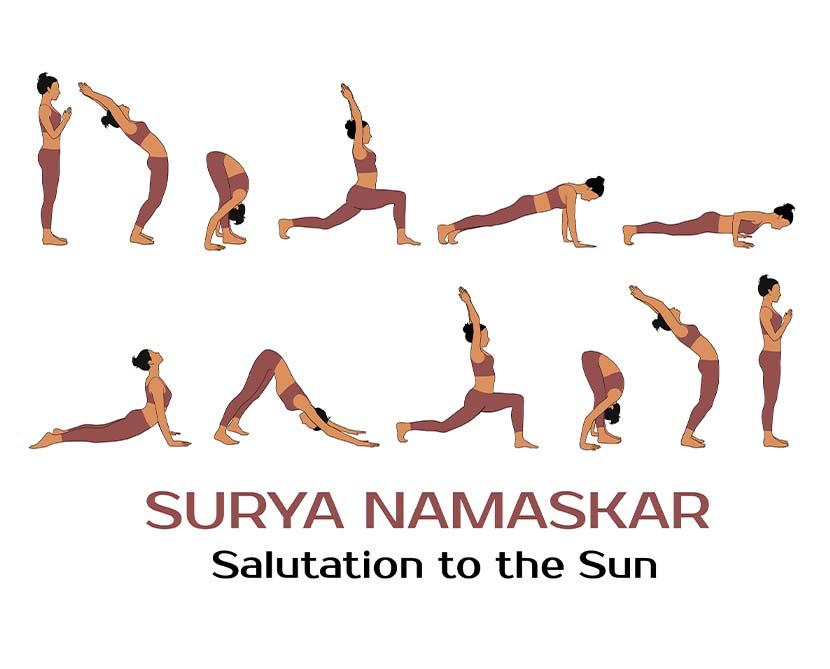
Sun Salutation sequence – Classical Surya Namaskar
In the classical series, each asana is held for just the length of the natural pauses between breaths.
1. INHALE: Reach the arms out and up from samasthihi to Urdhva Hastasana. Pelvis neutral, feel the connection and energy of your feet with the earth, neutral spine, look forward in case of neck issues in Urdhva Hastasana;
2. EXHALE: Fold forward and down into Uttanasana. Option of bending the knees to reduce stress on the hamstrings and lower back. Feet are active, legs firm, knee caps lifted, spine long, heart center open;
3. IN: Extend the spine and heart center forward into Ardha Uttanasana. Lengthen the spine, draw your shoulder blades down the back, and further expand the heart center. Option of having the knees bent, coming up onto the fingertips, or placing the hands high up on the shins;
4. EX: Step the right foot back, knee down to the floor;
5. IN: Draw the torso and arms up into Anjaneyasana; focus on the length of the spine and openness of the heart center. In case of sensitive knees, place padding under the grounded knee.
6. EX: Swan-dive the palms to the floor;
7. IN: Step back to Phalakasana. Option of placing the knees on the floor when holding plank pose as you gradually develop the necessary strength in your arms, shoulders, core, and lower back. Firm legs, heels pressing back, soft buttocks, inner thighs slightly rotating up, belly lightly engaged, shoulder blades drawing down the back, sternum extending forward, back of the neck long;
8. EX: Slowly release the knees – chest – chin sequentially to the floor;
9. IN: Root into the palms and lift the chest to Salabhasana B. Ground the hips and feet firmly into the floor, and press the tailbone toward the heels. Press into your hands, placed them under your shoulders, and lift the chest, looking slightly down. Salabhasana B is less intense than the Cobra pose and a better option to perform in the flow of Surya Namaskara. Keeping the belly on the floor is a safe and gentle backbend that will strengthen the back muscles in the context of flowing movement;
10. EX: Press to all fours or directly up and back to Adho Mukha Svanasana; option to transition into all fours before entering Adho Mukha Svanasana, especially for lower-back issues;
11. IN: Step the right foot forward and rise into Anjaneyasana;
12. EX: Swan-dive the palms to the floor;
13. IN: Extend the spine and heart center forward into Ardha Uttanasana;
14. EX: Fold into Uttanasana;
15. IN: Swan-dive up to Urdhva Hastasana;
16. EX: Grow taller while drawing the palms back to the heart, Samasthihi.
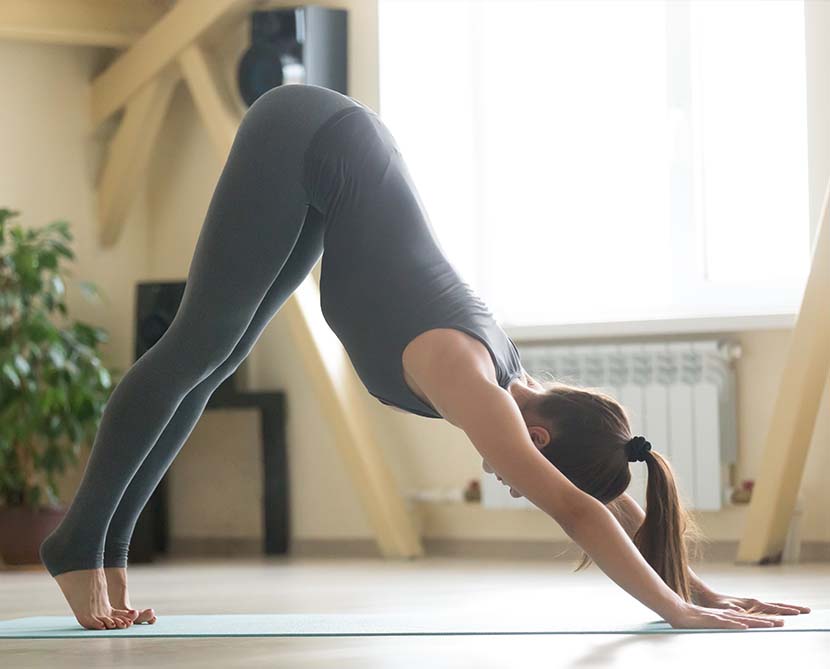
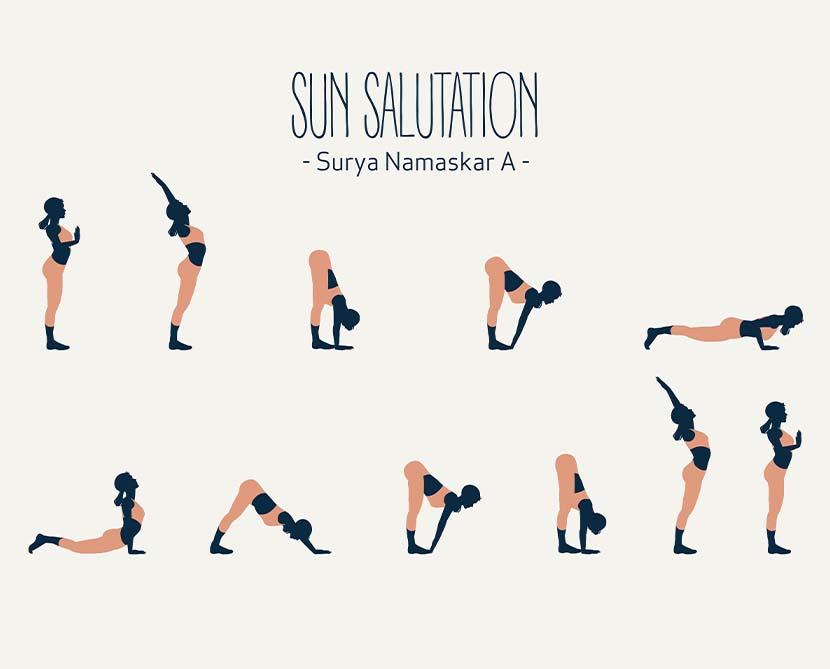
Sun Salutation sequence – Surya Namaskar A
In Ashtanga, Surya Namaskara A is usually repeated 5 times, and compared to the classical form; it is a more challenging sequence.
1. INHALE: Reach the arms out and up from samasthihi to Urdhva Hastasana.
2. EXHALE: Fold forward and down into Uttanasana.
3. IN: Extend the spine and heart center forward into Ardha Uttanasana.
4. EX: Jump back into Chaturanga Dandasana, and keep your elbows tucked toward your sides. If needed, come to your knees for Half Chaturanga. Otherwise, keep your legs straight and reach back through your heels.
5. IN: Draw your chest forward and up as you roll forward over your toes onto the tops of your feet into Urdhva Mukha Svanasana, draw your shoulders back and lift your heart to the sky. Press through the tops of your feet, lifting your thighs off the floor and fully engaging your leg muscles. Keep your elbows tucked in toward your sides,
6. EX: Press back to Adho Mukha Svanasana and hold there for five breaths; lift your hips and roll over your toes, placing the soles of your feet on the floor. Your heels do not need to touch the ground. Ground down through your hands and the soles of your feet as you lengthen your spine. Lift your belly and sit bones to the sky;
7. IN: extend the spine and heart center forward, and step into Ardha Uttanasana;
8. EX: fold into Uttanasana;
9. IN: swan-dive up to Urdhva Hastasana;
10. EX: grow taller while drawing the palms back to the heart, Samasthihi.
Sun Salutation sequence – Surya Namaskar B
This sequence introduces two more asanas: Utkatasana and Virabhadrasana I.
1. Stand with your feet together. Press your palms together in a prayer position. Rest your thumbs on your sternum and take several breaths;
2. INHALE: enter into Utkatasana as you bend your knees and lower your hips as if you’re sitting back in a chair. At the same time, extend your arms straight overhead and reach through your fingertips;
3. EXHALE: Fold forward and down into Uttanasana.
4. IN: Extend the spine and heart center forward into Ardha Uttanasana.
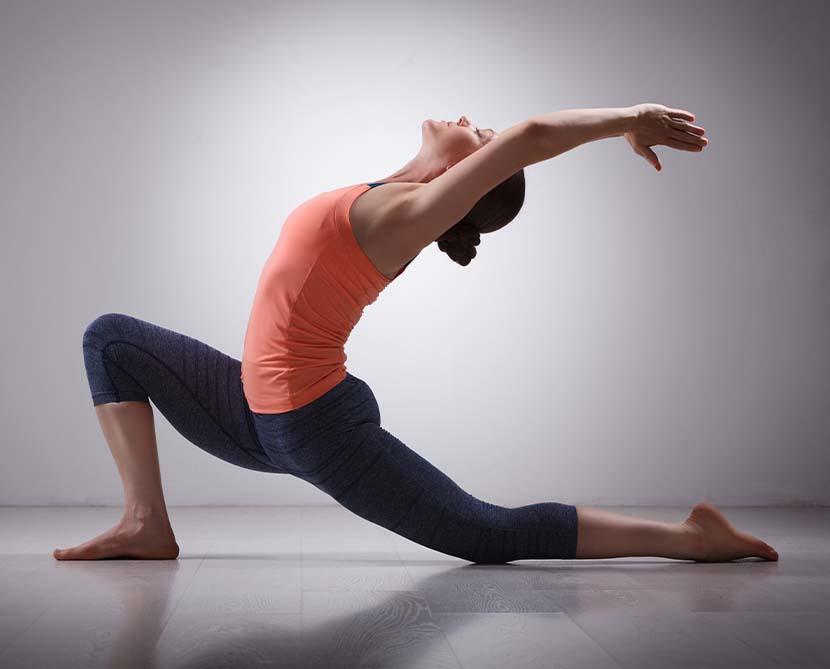

5. EX: Jump back into Chaturanga Dandasana.
6. IN: Draw your chest forward and up as you roll forward over your toes onto the tops of your feet into Urdhva Mukha Svanasana; draw your shoulders back and lift your heart to the sky. Press through the tops of your feet, lifting your thighs off the floor and fully engaging your leg muscles. Keep your elbows tucked in toward your sides.
7. EX: Press back to Adho Mukha Svanasana.
8. IN: Enter into Virabhadrasana I: step your right foot between your hands and bring your left heel to the ground. Bend your front knee while keeping your back leg straight. Raise your arms straight overhead and gaze at the sky.
9. EX: Bring your hands to the mat and step your right foot back into Plank Pose. Continue exhaling as you lower your body into Chaturanga.
10. IN: Draw your chest forward and up as you roll forward over your toes onto the tops of your feet into Urdhva Mukha Svanasana.
11. EX: Press back to Adho Mukha Svanasana;
12. IN: Step into Virabhadrasana I with your left foot between your hands and bring your right heel to the ground. Bend your front knee while keeping your back leg straight. Raise your arms straight overhead and gaze at the sky;
13. EX: Bring your hands to the mat and step your right foot back into Plank Pose. Continue exhaling as you lower your body into Chaturanga
14. IN: Draw your chest forward and straighten your arms. Draw your shoulders back and lift your heart to the sky. Press through the tops of your feet, lifting your thighs off the floor and fully engaging your leg muscles. Keep your elbows tucked in toward your sides;
15. EX: Press back to Adho Mukha Svanasana; hold this third Downward-Facing Dog for five breaths. On your last exhalation, bend your knees and gaze between your hands;
16. IN: step or jump forward, landing your feet between your hands; lift your torso halfway, lengthening your spine forward, so your back is flat. Your torso should be parallel to the floor. Keep your fingertips on the floor, or bring them to your shins.
17. EX: fold into Uttanasana;
18. IN: come back into Utkatasana
19. EX: grow taller while drawing the palms back to the heart, Samasthihi.
How many Sun Salutations can we practice, and how often?
There are no rules about how long or how many times you should practice Sun Salutations. Your body (and your breathing) is your boss.
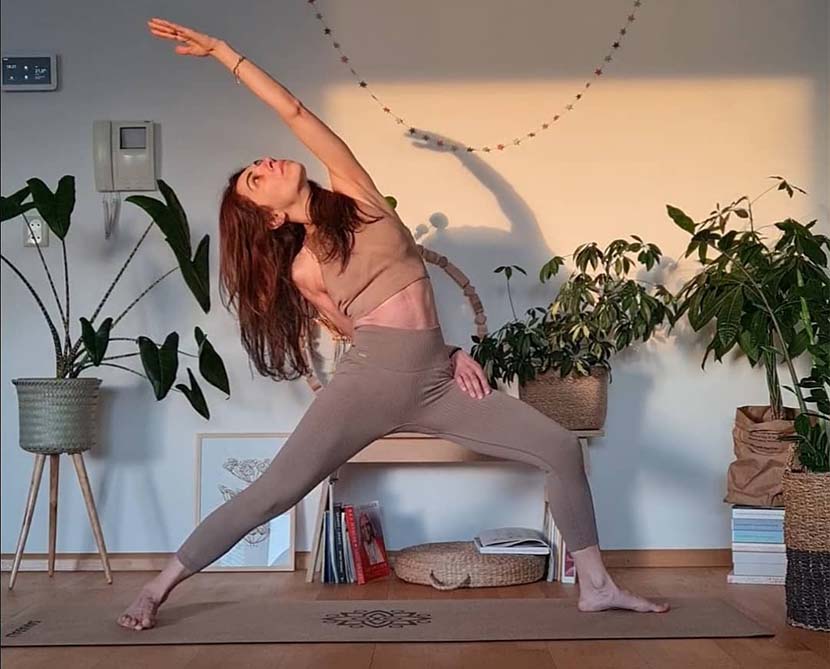
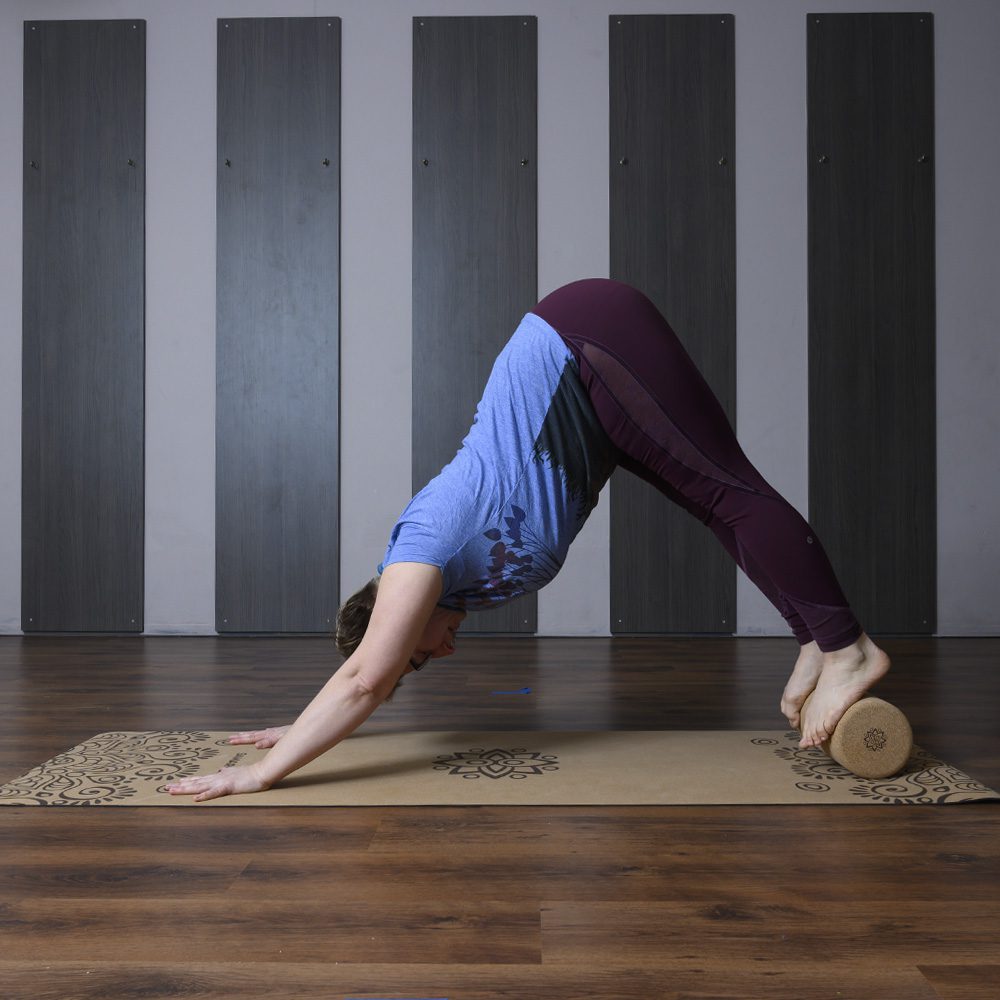
Being able to experiment and adapt your routine to how you feel is the beauty of yoga.
Even a few rounds daily will give you a solid foundation for future progress. Sun Salutation consists of poses that are archetypes for the whole range of most asanas.
Last but not least, you can learn to focus on your breath. Breathing is an area where beginners often struggle.
Sun Salutation is the perfect routine to cultivate the essential breath-mind-body connection.
When you know the poses and what’s coming next, you can dedicate your full attention to developing proper breathing. Besides, every pose in the sequence is linked to the breath: inhale, exhale, or hold.
If you are worried about not remembering the exact sequence, don’t worry; the more you practice, the easier it will be to memorize. You can always start with a cheat sheet.
You will remember the sequence by heart in the blink of an eye.
Happy Practice!
PS: Did you know that in the Indira Gandhi Airport in Delhi, there is a series of 12 bronze sculptures made by the sculptor Nikhil Bhandari that together demonstrate the Surya Namaskara?
Sources:
- “Teaching Yoga”, Mark Stephens
Marianna has been practicing Yoga for more than eight years, and in 2020
she completed the 200h Yoga Teacher Training in Vinyasa at YogaMoves in Utrecht.
She is passionate about sharing Yoga with others, living more sustainably,
and traveling. Here is her INSTAGRAM page.
